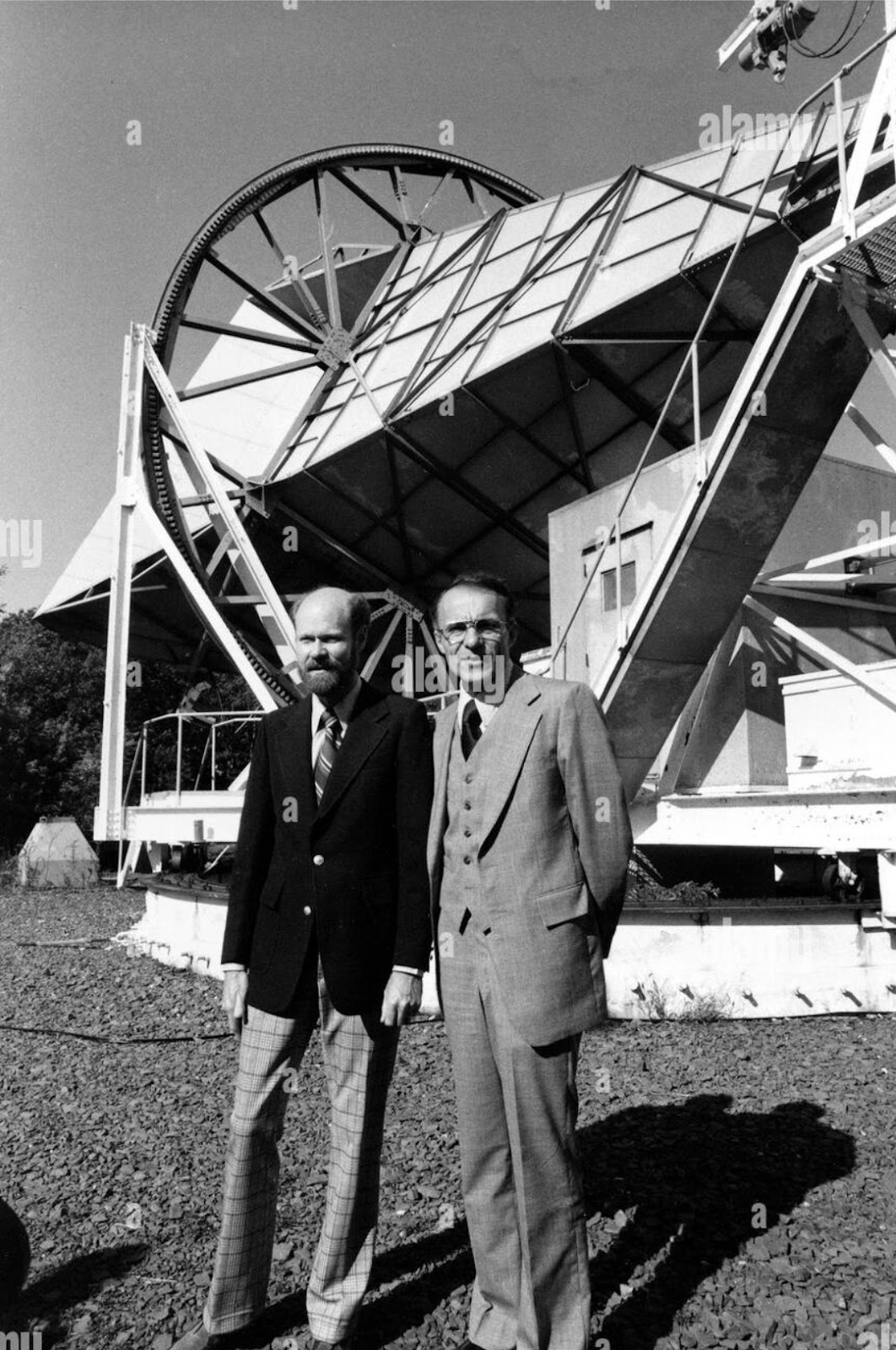Thea Collision and the Anthropic Principle

“If some GOD-LIKE being could be given the opportunity to plan a sequence of events with the express goal of duplicating our "Garden of Eden," that power would face a formidable task. With the best intentions, but limited by natural laws and materials, it is unlikely that Earth could ever be truly replicated. Too many processes in its formation involved sheer luck." -Peter Ward, Rare Earth Hypothesis The Theia collision , according to the giant-impact hypothesis, is believed to be a major event that dramatically altered both the Earth and Moon billions of years ago. While the immediate aftermath wouldn't have been hospitable to life, the long-term effects of the collision may have set the stage for life to emerge on Earth. Here are some ways the Theia collision might have helped life on Earth: Formation of the Moon: The Moon stabilizes Earth's axis, reducing wobble and catastrophic climate swings. This stable climate is crucial for life as we know it...
